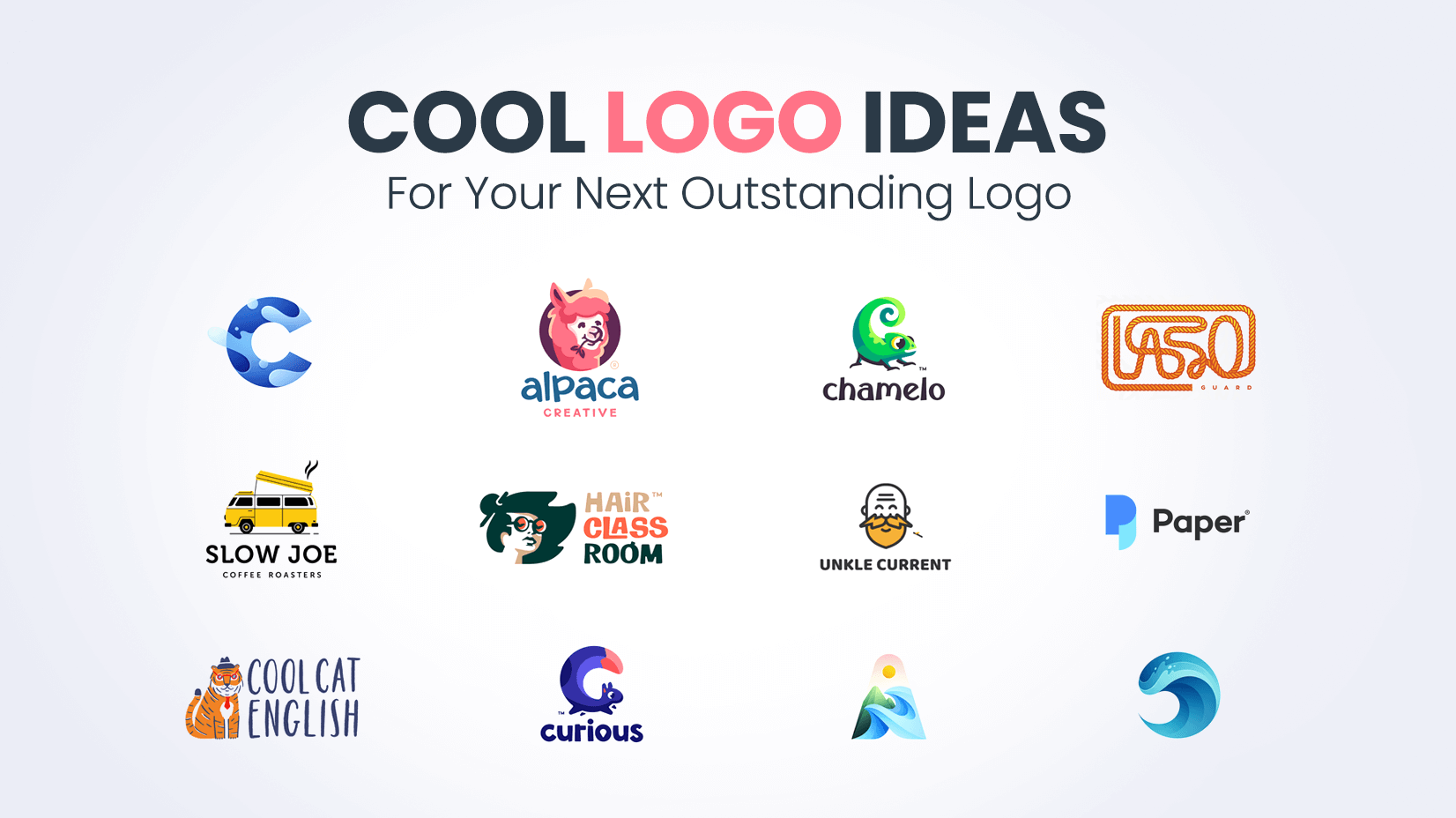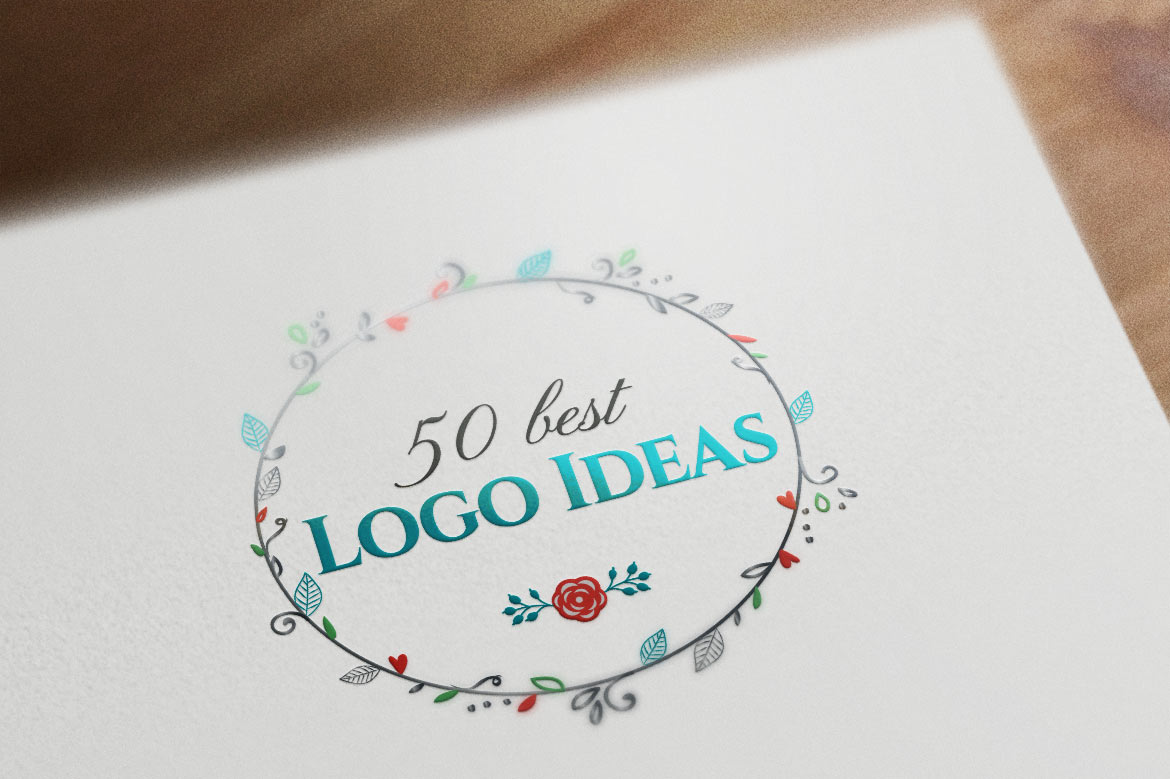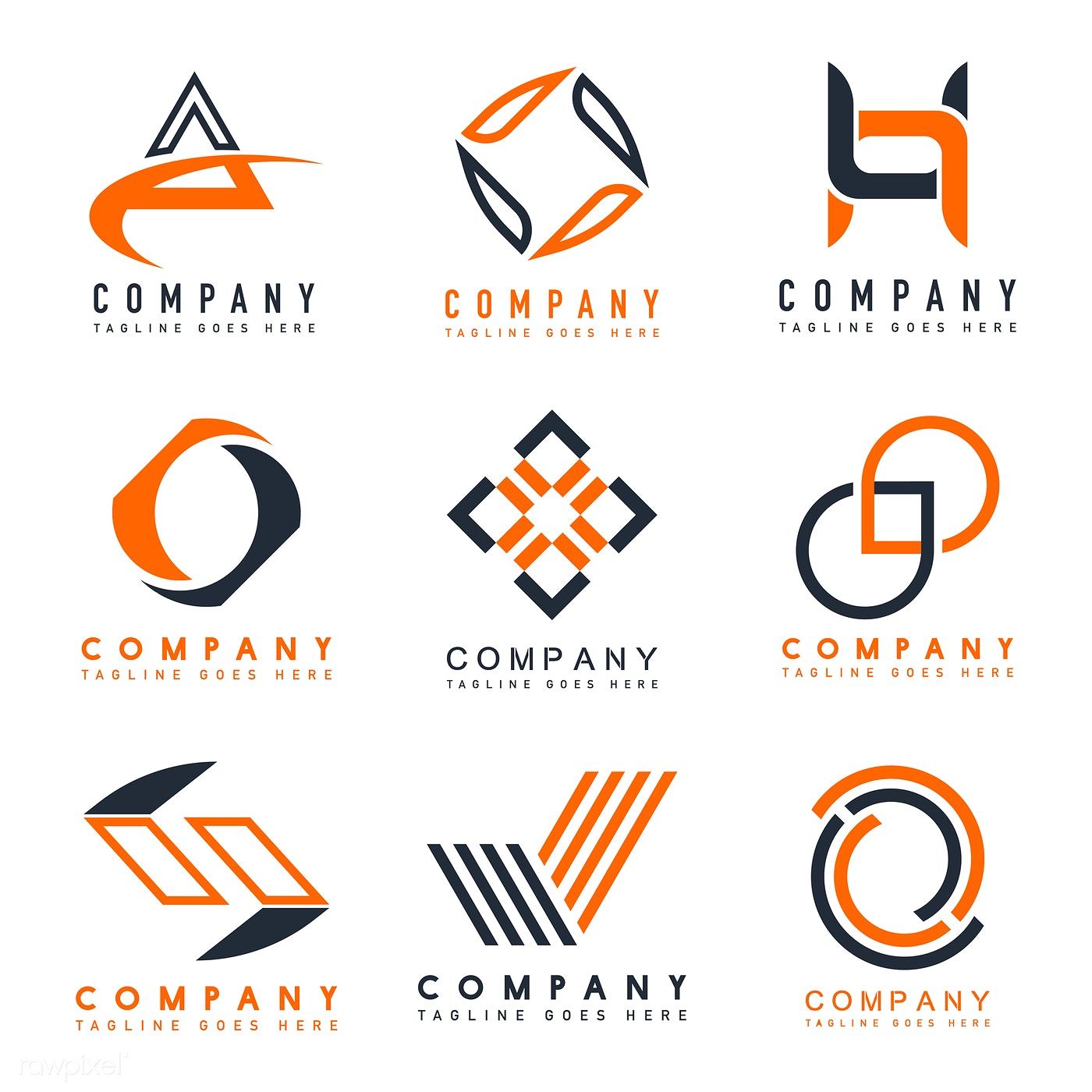Logos are the visual representations of a brand. They serve as a powerful tool for brand recognition and communication. In today’s competitive market, a well-designed logo can have a significant impact on a company’s success. If you are looking for inspiration and ideas to create a logo that stands out, this article is for you. In the following sections, we will explore various concepts, strategies, and design elements that can help you develop an effective logo for your brand.
Understanding the Importance of a Logo

Before diving into logo design ideas, it is essential to understand the significance of a logo in building a strong brand identity. A logo is the face of your brand, the visual representation that customers associate with your company. It plays a crucial role in establishing brand recognition, conveying brand values, and leaving a lasting impression on your target audience.
A well-designed logo should be:
Memorable
A logo needs to be memorable to make a lasting impact on customers. It should have a unique and distinct design that stands out from the competition. Think about iconic logos like the golden arches of McDonald’s or the bitten apple of Apple – they instantly come to mind when we think about these brands.
Simple
Simplicity is key when it comes to logo design. An overly complex logo can be confusing and difficult to remember. Aim for a design that is clean, uncluttered, and easily recognizable even at small sizes. Remember, simplicity enhances versatility, allowing your logo to be easily adapted to various mediums and platforms.
Relevant
Your logo should be relevant to your brand and industry. It should convey the essence of your business and evoke the right emotions in your target audience. Consider the industry you operate in and the values your brand represents when brainstorming logo ideas.
Timeless
A logo is an investment in your brand’s future, so it is crucial to create a design that can withstand the test of time. Avoid following trends that may quickly become outdated. Instead, focus on creating a logo that remains relevant and impactful for years to come.
Now that we understand the importance of a logo, let’s delve into some logo design ideas that can help you create a visually appealing and effective brand identity.
1. Wordmarks and Lettermarks

Wordmarks, also known as logotypes, are logos that consist of the brand name in a stylized font. This approach works well when the brand name is distinctive and easily recognizable. Famous examples include Coca-Cola and Google.
Lettermarks, on the other hand, are logos that use initials or acronyms of the brand name. This approach is particularly useful when the brand name is lengthy or challenging to pronounce. IBM and HBO are excellent examples of successful lettermark logos.
2. Symbol or Icon Logos
Symbol or icon logos are visual representations that do not rely on typography. These logos use a unique symbol or icon to represent the brand. Think of the Nike swoosh or the Twitter bird – these symbols have become synonymous with their respective brands. Symbol logos can be highly versatile and instantly recognizable.
When designing a symbol or icon logo, consider creating a design that reflects your brand’s personality and values. It should communicate your brand’s essence without relying on text.
3. Combination Logos

Combination logos merge both typography and symbols/icons to create a unified design. This approach allows for greater flexibility and recognition. The combination of a distinctive symbol with the brand name helps reinforce brand recognition, especially when the logo is seen in different contexts.
Consider experimenting with different arrangements and combinations of text and symbols to find the perfect balance for your brand. Remember to ensure that both elements work well together and can be used effectively across various platforms and mediums.
4. Minimalist Logos

Minimalism has become a popular trend in logo design. Minimalist logos strip away unnecessary elements, focusing on simplicity and clean design. They often use basic shapes, limited color palettes, and minimal typography.
Minimalist logos can create a strong visual impact while maintaining simplicity. They are highly versatile and can adapt well to different applications, including digital platforms, print, and merchandise. Consider using negative space creatively to add depth and interest to your minimalist logo.
5. Geometric Logos

Geometric logos use simple geometric shapes, such as squares, circles, triangles, or polygons, to create visually appealing designs. These logos often convey a sense of order, balance, and professionalism. Geometric shapes can be combined, manipulated, or arranged in unique ways to create a distinctive logo that represents your brand’s identity.
Experiment with different geometric shapes and arrangements to find a design that best reflects your brand’s personality and values. Play with symmetry, asymmetry, and negative space to create a logo that catches the eye and leaves a lasting impression.
6. Color Psychology in Logo Design

Colors play a vital role in logo design as they evoke emotions and convey messages. Understanding color psychology can help you make informed decisions when choosing the color palette for your logo.
For example:
- Blue often conveys trust, reliability, and professionalism. It is commonly used by financial institutions and tech companies.
- Red evokes passion, energy, and excitement. It is often used by brands in the food and beverage industry.
- Green represents growth, freshness, and sustainability. It is frequently used by brands in the health and wellness sector.
- Yellow symbolizes happiness, optimism, and creativity. It is often associated with brands in the entertainment and lifestyle industries.
Select colors that align with your brand’s personality and values. Consider the emotions and associations you want to evoke in your target audience when choosing your logo’s color palette.
7. Custom Typography

Typography plays a crucial role in logo design. Custom typography allows you to create a unique and distinctive logo that stands out from the crowd. It provides an opportunity to convey your brand’s personality and capture attention.
Consider creating custom letterforms or modifying existing fonts to add a touch of uniqueness to your logo. Ensure that the typography is legible and can be easily recognized, even at smaller sizes.
8. Negative Space

Negative space is the area surrounding and between the elements of a design. Creative use of negative space can add depth, interest, and hidden meanings to your logo. It can make your logo more memorable and visually appealing.
Experiment with incorporating negative space into your logo design. Look for ways to create secondary shapes or hidden symbols within the negative space. This technique can create a sense of intrigue and make your logo more engaging.
9. Seek Professional Assistance

If you find yourself struggling to come up with a unique and impactful logo, consider seeking professional assistance. Graphic designers and branding agencies have the expertise and creative vision to help you create a logo that aligns with your brand’s identity and goals.
Collaborating with professionals can save you time and ensure that your logo is of the highest quality. They can guide you through the design process, provide valuable insights, and help you bring your logo ideas to life.
Conclusion

Creating an effective logo requires careful consideration, creativity, and a deep understanding of your brand’s identity. By exploring different logo design ideas and incorporating various elements into your design, you can develop a logo that captures attention, communicates your brand message, and leaves a lasting impression on your target audience. Remember to keep your logo simple, relevant, memorable, and timeless. With the right logo, you set the stage for a strong and successful brand identity.
Angela Irwin is a branding and design enthusiast with a Bachelor of Fine Arts in Graphic Design from Meadowbrook College. As a writer at Logocreator.io, she shares her expertise on logo design, graphic trends, and effective branding strategies, helping businesses create impactful visual identities.



